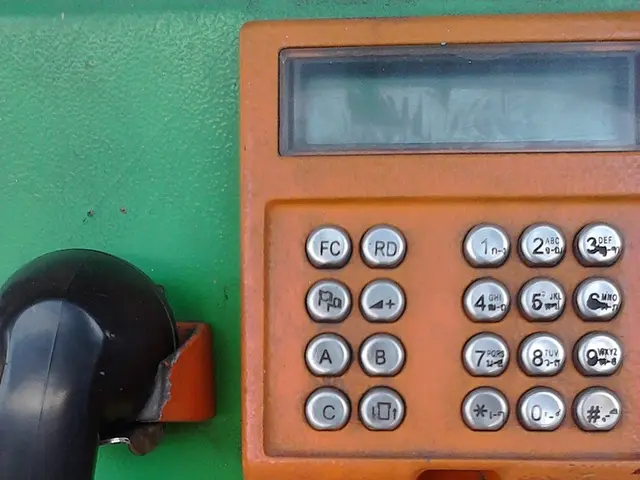Elevated prices in Belarus are backed by four explanations, as uncovered by the National Bank
In the heart of Eastern Europe, Belarus has been grappling with a surge in inflation rates, with the cost of living and prices of essential goods and services on the rise.
According to recent data, the price of fruits and vegetables in Belarus increased from 4.7% in March to a significant 17.6% in June, due to seasonal factors. By the end of June 2025 and into July, inflation in Belarus was primarily driven by rising food prices, which climbed to 10.5% year-on-year in June and further to 10.6% in July. The services sector also contributed significantly, with service prices increasing 7.1% in June and accelerating to 7.6% in July.
The increase in fuel and passenger transport fares, as well as Russian goods in the Belarusian market, are significant contributors to inflation from administratively regulated prices in Belarus. Price deregulation and liberalization have led to an annual growth rate of 6.4% for meat and meat products, 9.5% for dairy products, 30.1% for coffee, and 41.1% for chocolate.
Monthly consumer price increases were 0.9% in June — the highest monthly increase in recent months — but slowed to 0.2% in July, indicating some moderation in inflationary pressure month-to-month. However, year-on-year inflation continued rising, with the consumer price index (CPI) in July 2025 at 100.2% compared to June 2025 and 105.6% compared to December 2024. Core inflation, which excludes administratively controlled and seasonal price changes, was 100.5% versus June and 105.4% versus December 2024.
The National Bank links the increase in prices in Belarus to the rise in the cost of popular food products globally, such as coffee, chocolate, and fruits. The sharpest annual price increase, reaching around 10.5-10.6% year-on-year by mid-2025, fueled the overall inflation rise. In contrast, inflation for non-food goods eased slightly, declining from 3.6% in May to 3.2% in June and down further to 3.0% in July.
In summary, the main contributors to inflation in Belarus by mid-2025 were rising food prices, higher service costs, and moderating non-food goods inflation. These factors have pushed annual inflation rates to about 7.3% in June and 7.4% in July 2025 — the highest since February 2023. As the nation navigates these economic challenges, efforts to stabilise prices and mitigate the impact on citizens continue to be a priority.
[1] National Statistical Committee of Belarus (2025). Consumer Price Index. Retrieved from https://belstat.gov.by/ru/statistics/indicators/cpi
[2] National Bank of the Republic of Belarus (2025). Inflation Rate. Retrieved from https://www.nbrb.by/f_forex.cfm5?valnum=2&valcodes=RUB
[3] National Statistical Committee of Belarus (2025). Core Inflation. Retrieved from https://belstat.gov.by/ru/statistics/indicators/core-inflation
[4] National Bank of the Republic of Belarus (2025). Monthly Consumer Price Increases. Retrieved from https://www.nbrb.by/f_forex.cfm5?valnum=2&valcodes=RUB
[5] National Bank of the Republic of Belarus (2025). Annual Inflation Rates. Retrieved from https://www.nbrb.by/f_forex.cfm5?valnum=2&valcodes=RUB
In the course of the economic challenges facing Belarus, the finance sector has been heavily influenced, with inflation rates leading to increased costs in business operations. The National Bank's data shows that food prices, services, and non-food goods have all contributed to the rise in inflation.





